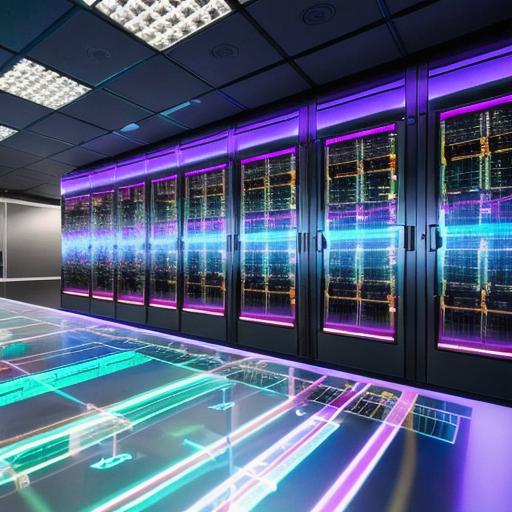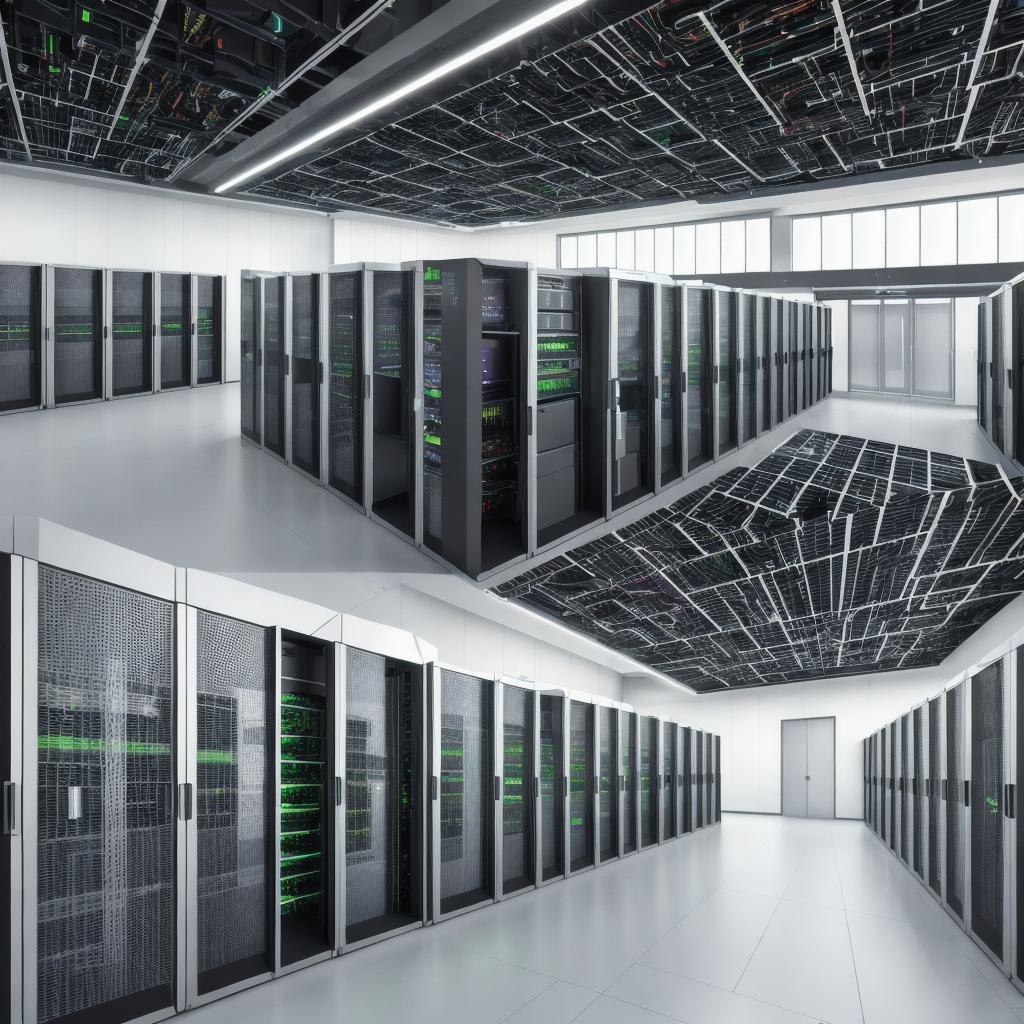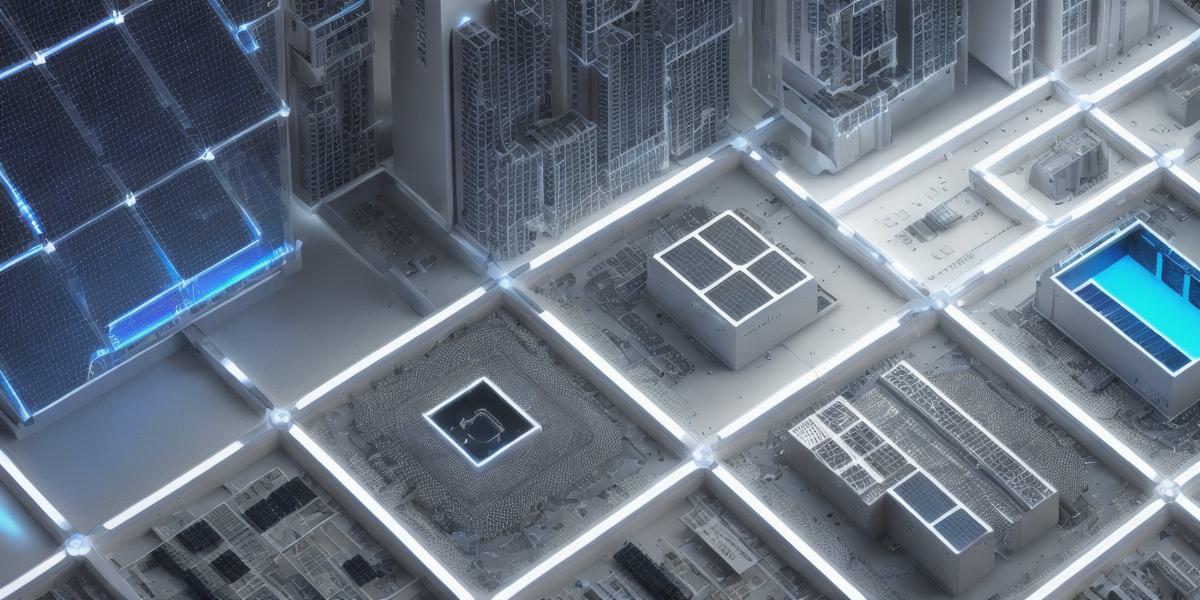Title: Unleashing the Power of 3D Technology in Data Centers: Enhancing Efficiency, Capacity, and Operations
Introduction:

3D technology is no longer just a buzzword confined to the realm of virtual reality gaming or architectural visualization. Its applications are expanding rapidly into various industries, including data centers. By incorporating 3D technology into data center operations, organizations can gain numerous benefits that range from enhancing efficiency and capacity to improving decision-making processes. In this article, we will discuss the advantages of implementing 3D technology in data centers and provide examples of its practical applications.
- Enhanced Visibility and Collaboration:
One major advantage of 3D technology in data centers is the improved visibility it provides. With 3D models of the entire infrastructure, IT teams can easily navigate through complex systems and identify potential issues. Furthermore, collaborative tools allow multiple stakeholders to work together on problem-solving and planning projects in real-time, leading to more informed decisions and faster resolution of issues.

- Streamlined Installation and Maintenance:
3D technology enables data center teams to plan out installation and maintenance processes more effectively. By creating 3D models of the physical infrastructure, teams can simulate various scenarios and identify potential challenges before they occur. This results in reduced downtime, lower costs, and increased efficiency.
Example: A global financial services firm implemented a 3D data center design solution, which allowed their team to visualize and plan out the installation of new servers and network components. By simulating various scenarios and identifying potential issues, they were able to complete the project with minimal downtime and improved overall performance.
- Increased Capacity and Utilization:
3D technology can help data center operators optimize their space usage by providing accurate and up-to-date information about the physical infrastructure. By analyzing this data, teams can identify underutilized areas and repurpose them for new applications or equipment. This results in increased capacity and a more efficient use of resources.
Example: A large telecommunications company used 3D technology to optimize their data center cooling systems. By visualizing the airflow patterns within the infrastructure, they were able to identify areas where cooling was not being effectively distributed. By making targeted adjustments, they improved overall performance and reduced energy consumption.
- Predictive Analytics and Fault Detection:
3D technology can be used in conjunction with AI and machine learning algorithms to perform predictive analytics on data center infrastructure. By monitoring the 3D models of the physical systems in real-time, teams can detect potential faults before they cause significant issues. This proactive approach results in reduced downtime, improved system performance, and increased operational resilience.
Conclusion:
Incorporating 3D technology into data center operations offers numerous benefits for organizations, including enhanced visibility and collaboration, streamlined installation and maintenance, increased capacity and utilization, and predictive analytics and fault detection. By embracing this innovative technology, data centers can improve their operational efficiency, optimize resource usage, and ultimately deliver better services to their customers.
In the ever-evolving digital landscape, data centers play a crucial role in supporting the growth and success of businesses worldwide. By adopting 3D technology, these organizations can gain a competitive edge by addressing challenges more effectively, making informed decisions faster, and ensuring optimal performance and availability for their critical IT infrastructure.
